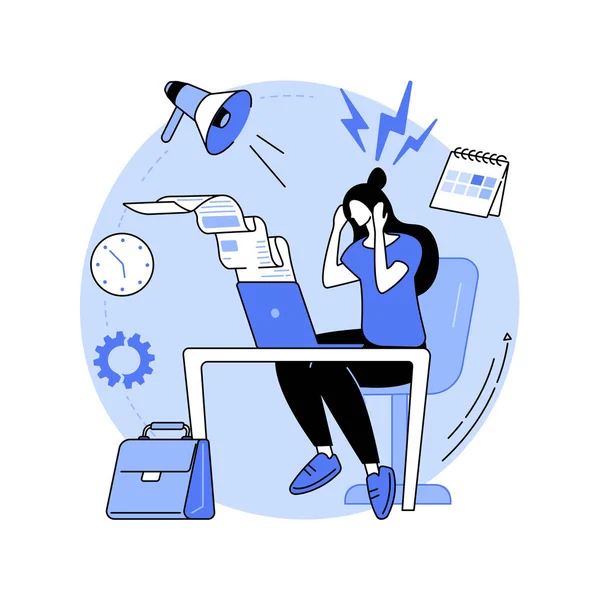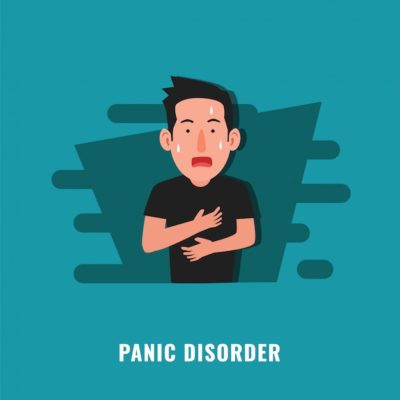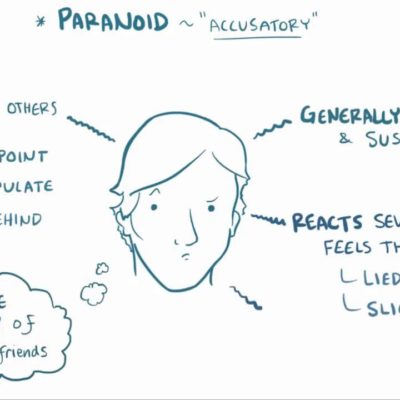
Article topic: Acute Stress Disorder (ASD)
Author: Ahmad Naser
Editor: Haneen A. Banihani
Reviewer: Ethar Hazaimeh
Overview
Acute Stress Disorder (ASD) is a severe stress reaction to trauma exposure that may occur in the initial month after the event and requires at least nine out of 14 potential symptoms to be present for a diagnosis. Contrary to what was once believed in the DMS-IV, ASD is not a strong predictor of subsequent Post Traumatic Stress Disorder (PTSD), leading to a huge change in the DMS-V.[1]
While less than 20% of people facing non-interpersonal trauma get ASD, It occurs in up to 50% of people facing interpersonal trauma.[2] The prevalence of ASD, like PTSD, is more common in females.[3]
Pathogenesis and Etiology
ASD is caused by exposure to a traumatic event, which activates the body’s stress response system, which triggers the release of stress hormones such as adrenaline and cortisol. This can lead to changes in the brain, including alterations in the amygdala and prefrontal cortex, which are involved in emotional regulation and processing. These changes can result in symptoms such as intrusive thoughts, avoidance behaviors, and hyperarousal, which are characteristic of ASD.[4]
Clinical presentation & Complications
The presentation of ASD is divided into two aspects:[5]
History:
Symptoms of ASD can be subcategorized into
- Emotional (e.g., shock, grief, anxiety, guilt, numbness, helplessness, shame, emptiness)
- Cognitive (e.g., nightmares, poor concentration, unwanted memories of the event, self-blame, confusion)
- Physical (e.g., Difficulty sleeping or staying asleep, Fatigue, Aches and pains, Palpitations, Nausea, change in appetite or libido)
- Interpersonal (e.g., Withdrawal, work or school problems, the feeling of abandonment)
More severe symptoms include marked depression, marked hyperarousal, extreme numbness, emotional dysregulation, ongoing problems in work or school, and significant problems in self-care.
Signs that the patient may need help include a lack of task-oriented activity, overwhelming emotions, inappropriate self-blame, isolation, and suicidal or homicidal ideation.
Physical Examination:
Assessing the mental status is a must in ASD patients. Usually, it will reveal the following findings:
- Lack of self-care is reflected in the unclean appearance.
- Mood changes such as sadness, anxiousness, irritability, apathy, and anger.
- Suicidal & homicidal ideas.
Workup and Diagnosis
Acute stress disorder is characterized by the development of symptoms lasting from 3 days to 1 month following exposure to one or more traumatic events. The clinical presentation may include intrusion symptoms, negative mood, dissociative symptoms, avoidance symptoms, and arousal symptoms. The individual may experience problems with sleep onset and maintenance, heightened vigilance, concentration difficulties, and a heightened startle response.[2]
![Table (1): Diagnostic criteria of ASD according to the DSM-V TR:[2]](https://neuropedia.net/wp-content/uploads/2023/03/Table-1-678x1024.png)
Table (1) – Diagnostic Criteria for ASD according to DSM-V TR
Treatment and Management
The goal of the treatment of ASD is to alleviate symptoms and prevent possible subsequent PTSD.[3] Treatment of ASD is divided into two areas:
Psychotherapy
Mainly Cognitive Behavioral Therapy (CBT) Which is considered the frontline treatment of ASD.[3] Since it proved a significant efficacy in the treatment of ASD.[6] CBT comprises multiple elements that can be addressed all or as a subset during individual sessions conducted weekly. These elements include:[3]
- Education
- Done at the beginning of the treatment to help the patients understand the symptoms they’re going through and to explain the specific strategies that will be done.
- Anxiety management
- This helps the patients get comfortable with the therapy strategies by teaching them to master arousal.
- Prolonged exposure
- By teaching the patients how to approach and understand their trauma memories. This element proved to be one of the highest efficacious in treating ASD.[7]
- Cognitive restructuring
- By identifying negative thoughts and appraisals of the patients and challenging them to let them interpret their experiences more realistically.
- In-vivo exposure
- Introducing the patients to the situations that caused them the trauma to prevent avoidance behavior in the future.
- Relapse prevention
- Predict situations where relapse may occur and develop strategies to deal with such situations. Relapse prevention should be done before expected difficult situations and upon symptoms increase.
Pharmacotherapy
Pharmacological treatments are mostly used for the prevention of secondary PTSD.[3] The evidence for the efficacy of pharmacological treatments of ASD and the prevention of subsequent PTSD isn’t significant for most drugs (e.g. Propranolol, Dexamethasone, Escitalopram, Gabapentin Oxytocin) [8-10] except for Hydrocortisone which showed the most promise in lowering the incidence and severity of PTSD.[8] However, given its severe effects, it can’t be used routinely until further research is conducted.
Risk factors
Factors increasing the risk of acute stress disorder (ASD) following a traumatic event include:[11]
- Loss of a loved one.
- Significant injury.
- Witnessing horrendous images.
- Dissociation at the time of the traumatic event.
- Development of serious depressive symptoms within 1 week that last for 1 month or longer.
- Numbness, depersonalization, a sense of reliving the trauma, and motor restlessness after the event.
- Preexisting psychiatric problems.
- Previous trauma.
- Loss of home or community.
- Extended exposure to danger.
- Toxic exposure.
- Absent social supports or social supports who were also traumatized and thus are incapable of adequate emotional availability.
Recent research
New findings support the use of Propranolol and Hydrocortisone as preventive agents for re-experiencing symptoms of ASD & PTSD as they were found to lessen the occurrence of involuntary memories. This encourages more research to be done studying these drugs as pharmacotherapy for ASD recovery and prevention of PTSD.[12]
References...






